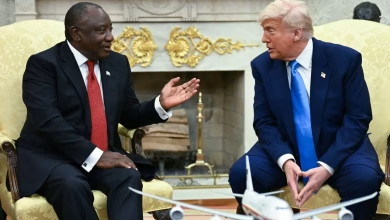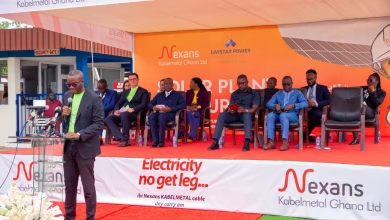Minister Slams Kejetia Market: ‘Beautiful Facade, Broken Interior’

- Kejetia Market's design flaws criticized
- Congestion blamed on market's structure
- Phase II completion delayed
- NPP optimistic about electoral success
The Ashanti Regional Minister, Simon Osei-Mensah, has publicly criticized the Kejetia Market in Kumasi, Ghana, for its stunning exterior design that masks significant internal functionality issues. Built during the National Democratic Congress (NDC) administration, the market’s design is now being blamed for the persistent congestion in Kumasi’s Central Business Area.
According to Minister Osei-Mensah, the market’s structure is the primary cause of the congestion. Specifically, he points out that Phase I of the project failed to replace the existing lorry terminal, which has since been incorporated into the new central market, further exacerbating traffic congestion.
The minister explained that the current New Patriotic Party (NPP) government has struggled to complete Phase II of the project, which could have addressed the issue. Unfortunately, challenges arising from the COVID-19 pandemic and ongoing debt restructuring have hindered progress.
Osei-Mensah emphasized that the market’s design flaws have led to severe consequences, including increased traffic congestion and decreased economic activity in the area.
The Kejetia Market, once touted as a symbol of progress, has become a symbol of poor urban planning.
Minister Osei-Mensah’s criticism comes at a critical time, as the NPP government prepares for upcoming elections.
Despite the challenges, Osei-Mensah expressed optimism about the NPP’s electoral prospects, citing their efforts to address the country’s economic and infrastructure challenges.
However, the opposition NDC has countered that the NPP’s inability to complete Phase II of the project is a clear indication of their incompetence.
As the debate continues, one thing is clear: the people of Kumasi deserve better infrastructure and effective governance.
The Kejetia Market saga serves as a reminder that good governance requires more than just aesthetically pleasing projects; it demands effective planning, execution, and accountability.






